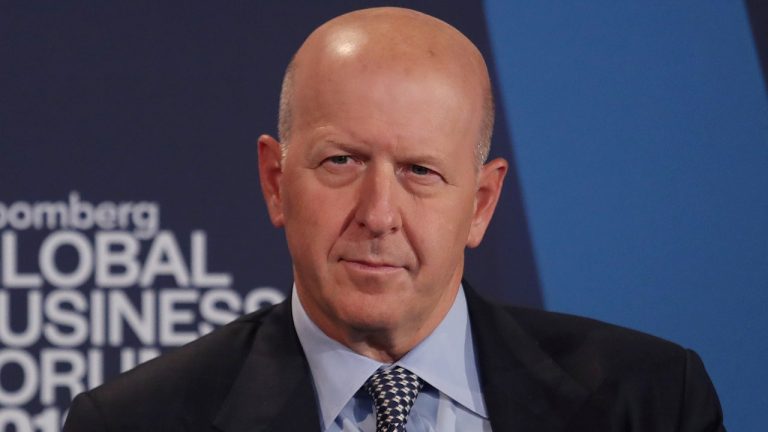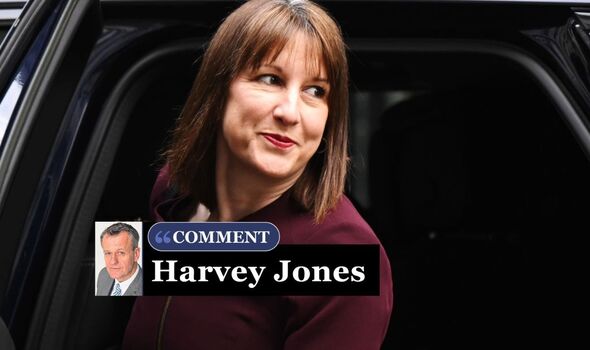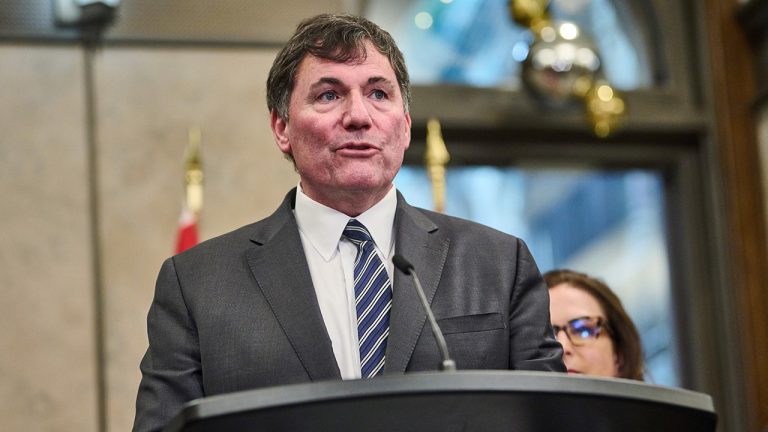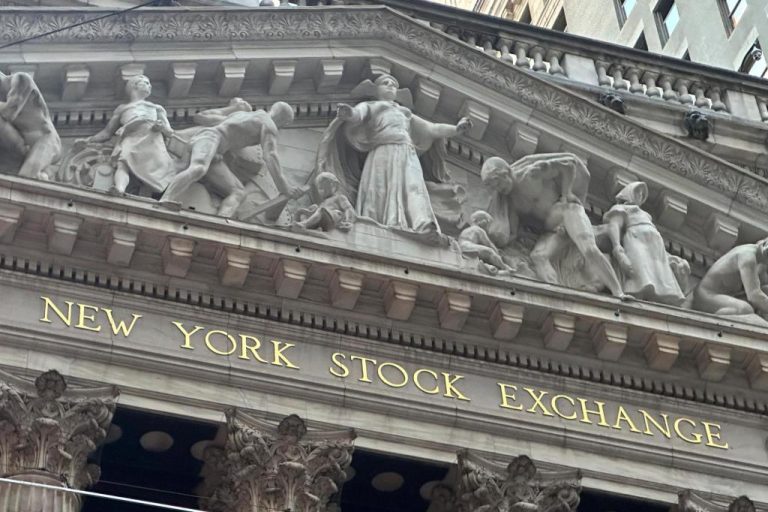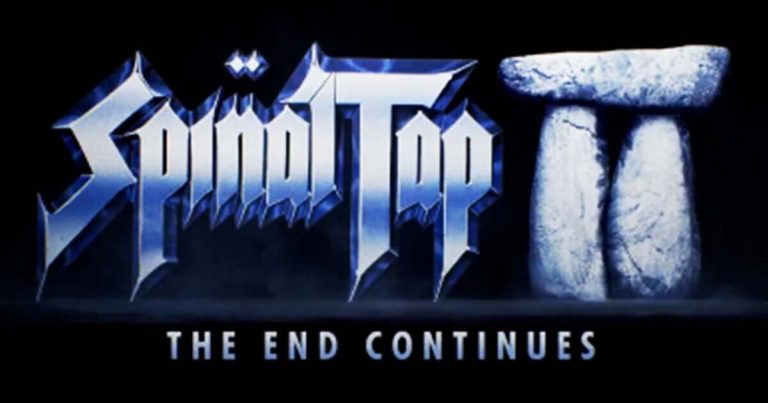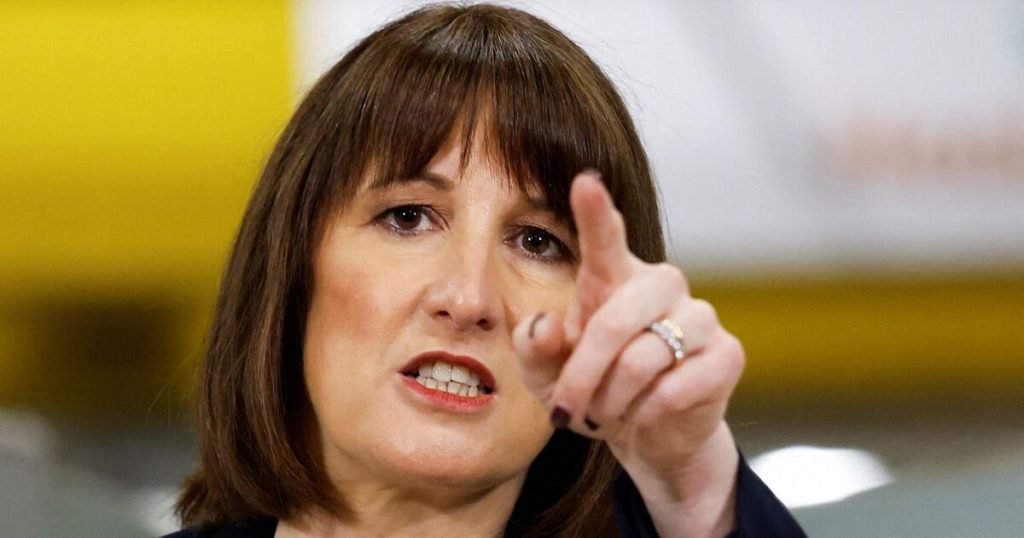
The battle to prompt Chancellor Rachel Reeves to hike the ‘draconian’ income tax personal allowance from its minimum of £12,570 to £20,000 has reached a pivotal milestone. The online campaign saw a surge as its petition on Parliament’s official site rocketed in popularity.
Last week, it smashed through the crucial 10,000 signature threshold required for the Treasury to issue an official reply. The momentum hasn’t slowed; as of today, it’s on track to exceed a remarkable 50,000 supporters, halfway to securing a Parliamentary debate meaning Rachel Reeves would have to face Parliament on the issue.
Petition mastermind Alan Frost passionately called on the Treasury: “Raise the income tax personal allowance from £12,570 to £20,000. We think this would help low earners to get off benefits and allow pensioners a decent income. We think it is abhorrent to tax pensioners on their state pension when it is over the personal allowance. We also think raising the personal allowance would lift many low earners out of benefits and inject more cash into the economy creating growth.”
Taxpayers currently hit the 20 per cent basic tax when they earn over £12,570, and the £50,270 threshold ushers them into the 40 per cent bracket, both of which have been on ice since 2021. This freeze is predicted to fatten the Treasury’s coffers by a cool £1.2 billion by the time it thaws in 2028.
This so-called ‘fiscal drag’ captures increasing numbers of taxpayers in its grasp, compelling them to pay at higher rates. With the persistence of the lower £12,570 threshold, it means those with slimmer wallets are shouldering a disproportionately heavy burden.
The petition has gained traction, now amassing 100,000 signatures, which could compel a Parliamentary debate about the stagnant personal tax allowance policy maintained by successive governments. This inaction is seen as increasing the tax load on individuals.
The Office for Budget Responsibility projects a considerable impact due to these freezes: by 2025/26, roughly 1.3 million more people will find themselves liable for income tax, with a further one million catapulted into higher tax brackets. Martin Lewis, the founder of MoneySavingExpert.com, highlighted the fiscal snare, saying: “Imagine someone who currently earns £12,000 now. Because earnings do tend to increase each year, in a couple of years’ time they’ll earn £13,000. But because the thresholds are frozen, they will now start to pay 20% tax on some of their earnings.”
He also pointed out how this stagnant threshold strategy serves as a revenue stream for the Treasury: “And in fact, what freezing the threshold does is that it means no matter what you earn, as your earnings increase, a bigger proportion of your earnings goes on tax. And that’s how the Chancellor makes money from it.”
Last year, Rachel Reeves’ budget confirmed that National Insurance and Income Tax thresholds across various regions would remain unchanged until April 2028. Victor Bulmer-Thomas, in a blog post for the LSE, previously stated that this was disproportionately affecting the poorest people: “The distributional impact of this particular stealth tax may come back to bite the administration that imposed it. The reason is that the impact is much more severe on those on lower incomes than those on higher ones.”
“At the end of the fiscal year 2021/22, the median pay of a full-time worker in the UK was £33,374 similar to the example of the individual I used above. The median pay of the bottom decile of full-time workers (the lowest ten per cent) was £20,691. Using all the same assumptions as above with regard to inflation, wage increases and applying the frozen Personal Tax Allowance, a “typical” individual in the lowest decile would see their tax bill increase from £1,624 to £2,906.”
“This is a jump in the average tax rate from 7.8 per cent to 10.7 per cent, which is an increase of 37.7 per cent. Furthermore, the basic rate of tax needed to secure the same amount of tax from this individual would have to be 27.7 per cent – a massive increase on the “official” rate of 20 per cent. No government would survive for long if it transparently imposed tax increases of this magnitude on the poorest in society.”
To view and sign up for the petition click here.
Shaun Moore from wealth management firm Quilter has highlighted a significant concern for high earners, asserting: “The tax trap between £100,000 and £125,140 is one of the most punishing thresholds in the system. While it is of course a nice problem to have, this is a problem that can stifle ambition as people look for ways to reduce their workload or turn down higher-paid roles for fear of finding themselves in the trap.”
He further cautioned that parents earning over £100,000 face the added disadvantage of losing tax-free childcare benefits and free care hours for young children. For those wishing to challenge this issue, he advises to view and sign up for the petition by clicking here.

